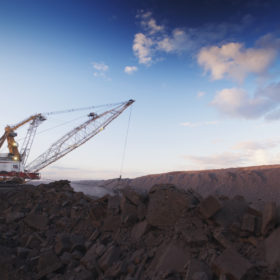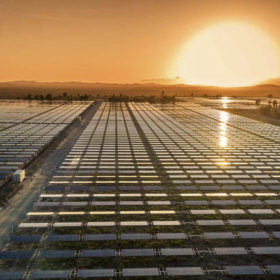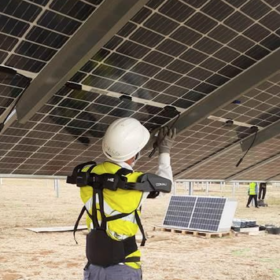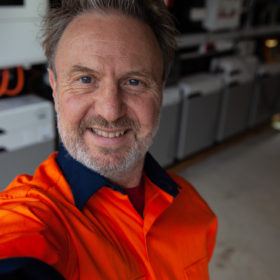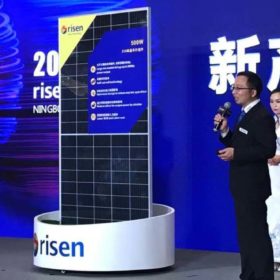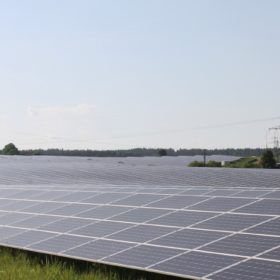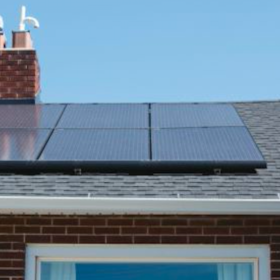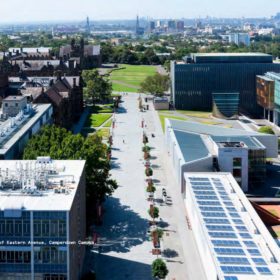BHP signs semi-renewable PPA with CleanCo for its Queensland coal mines
Australian mining giant BHP has signed a five-year power purchase agreement with CleanCo as it looks to cut emissions from its electricity use at its QLD coal mines by 50% by 2025. The agreement relies on a variety of energy sources, including gas, at least until the Western Downs Green Power Hub comes online in late 2022. Critics have described the deal as “greenwashing”.
NAIF lends support to NT’s first privately owned solar and gas projects
The Federal Government’s Northern Australia Infrastructure Facility is backing Melbourne-based investment firm Merricks Capital to the tune of $37 million for the construction of a 10 MW solar farm and a 12 MW gas power plant south of Darwin. The twin projects are set to be the first privately owned and operated energy projects in the Territory.
Neoen completes Hornsdale big battery expansion
The 50% expansion of Neoen’s Hornsdale Power Reserve, otherwise known as the Tesla Big Battery, has been successfully completed. If testing of the upgraded battery goes well, Hornsdale could begin to function with an expanded remit of synthetic inertia services, a capability which could have significant impact on regulatory changes.
Exoskeletons for solar panel mounting
Endesa, the Spanish unit of Italian power group Enel, is using a new technology in the construction of three solar parks in southern Spain.
‘High brand recognition’ meets modern features in new GE inverter
A new solar inverter is set to arrive on Aussie shores, in the form of the 5 kWp GE rooftop unit. Having received one of the first systems to roll off production lines, SolarQuip’s Glen Morris describes the unit as combining all the features of a modern solar inverter, with “high brand recognition.”
Light and shade of 500 W plus solar modules – part I
In the first article of a series, pv magazine editor Pilar Sánchez Molina analyzes with industry experts challenges and opportunities created by new panels with power output exceeding 500 W.
VRET-2 takes shape as a part of Victoria’s Covid-19 recovery plan
The Victorian state government is sounding out the market to support the development of “at least 600 MW” of renewable energy projects in the state. Building on the VRET program, which saw close to 1 GW of wind and solar development under reverse auction, the government is looking to foster a renewables-led recovery from the pandemic.
Germany to tender 18.8 GW of PV by 2028
The German government is planning to tender 5.3 GW in the rooftop segment and 13.5 GW for large-scale PV projects.
We’re doing it wrong, UniSA study shows residential solar panels are facing the wrong way
A University of South Australia study has demonstrated that while solar panels in Australia are typically installed facing north to catch most of the sun’s arc, if you’re looking to export your solar into the grid you should really be orientating your panels to minimise the discrepancy between the times of peak use and peak production.
Sydney Uni commits to 100% renewables, but still under pressure to divest from fossil fuels
The University of Sydney’s recently released Climate Statement makes a raft of commitments across a range of sustainability fronts, most notably a commitment to source 100% of its electricity from renewable sources by 2025 and reach net zero emissions by 2030. However, Australia’s oldest university is still under pressure to divest from fossil fuels.
